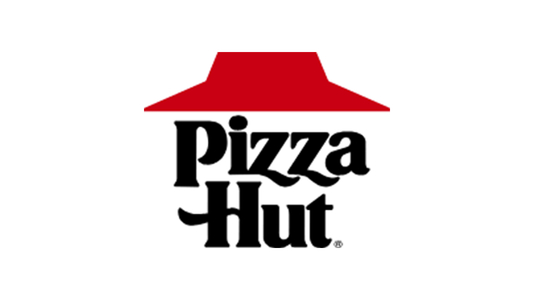The CMO Council is teaming with uKnomi – an AI-driven, marketing-in-the-moment technology integrator – to engage members and industry domain experts across the quick-service restaurant and retail sectors on ways to uplift consumer gratification, loyalty and convenience. The initiative will map, model and validate deployment of a data-driven, AI-based QSR experience that uses digital innovation to personalize, expedite and reward every customer drive-thru visit at any one of some 200,000 outlets serving 84 million Americans daily.
The vision and value proposition is based on combining individualized customer identity recognition technology with AI automation and enriched customer data insight to deliver business building menu-marketing and customer value in the moment of service. The end-goal being to heighten personalized human interaction, efficiency, satisfaction and value in what is perceived to be a time, commodity, and volume-driven impersonal service sector.
This crosses all formats and types of quick service and casual dining restaurants, mobile kitchens, and kiosks in the foodservice, grocery, coffee, juice and convenience store sectors. The big consumer shift to drive-thru, take-out, pick-up, and doorstep delivery underscores the massive growth of the Convenience Economy. This model can also be expanded to many existing and emerging retail, healthcare, pet and product ownership services where providers seek to quicken orders, personalize interactions, increase transactional values and incentivize repeat business.
Technology Value Proposition
Mainstream deployment of digital AI-driven identity innovation in drive-thru lanes:
- Automates individual customer knowledge gathering at scale.
- Leverages personal meal preference and order history insights.
- Prompts added-value, higher margin menu suggestions.
- Acknowledges, motivaes and rewards frequent customer visits.
- Speeds up accurate drive-thru service and builds consumer brand preference.
Marketing-in-the-moment service models, such as the uKnomi visual and digital ID system, measurably improve order fulfillment, transactional volume operational efficiency, repeat visits and order value. At the same time, the system mitigates some of the issues associated with highly trafficked drive-thru restaurant operations.
Challenges and issues facing the industry include:
- Customer frustration over drive-thru error rates, menu item customization mistakes, missing condiments, incorrect orders, etc.
- Operational inefficiency, inconsistent food quality and temperature when collected or delivered.
- Less experienced and transient staff; lack of interpersonal skills and customer-first culture.
- Continued safety, security and drive-thru traffic improvements, as well as productive, sustainable use of real estate locations.
Get Involved
If you would like to share insights to the ongoing conversation or submit compelling content on this topic please contact:
Bryan DeRose, SVP, Business & Program Operations (bderose@cmocoucil.org)































